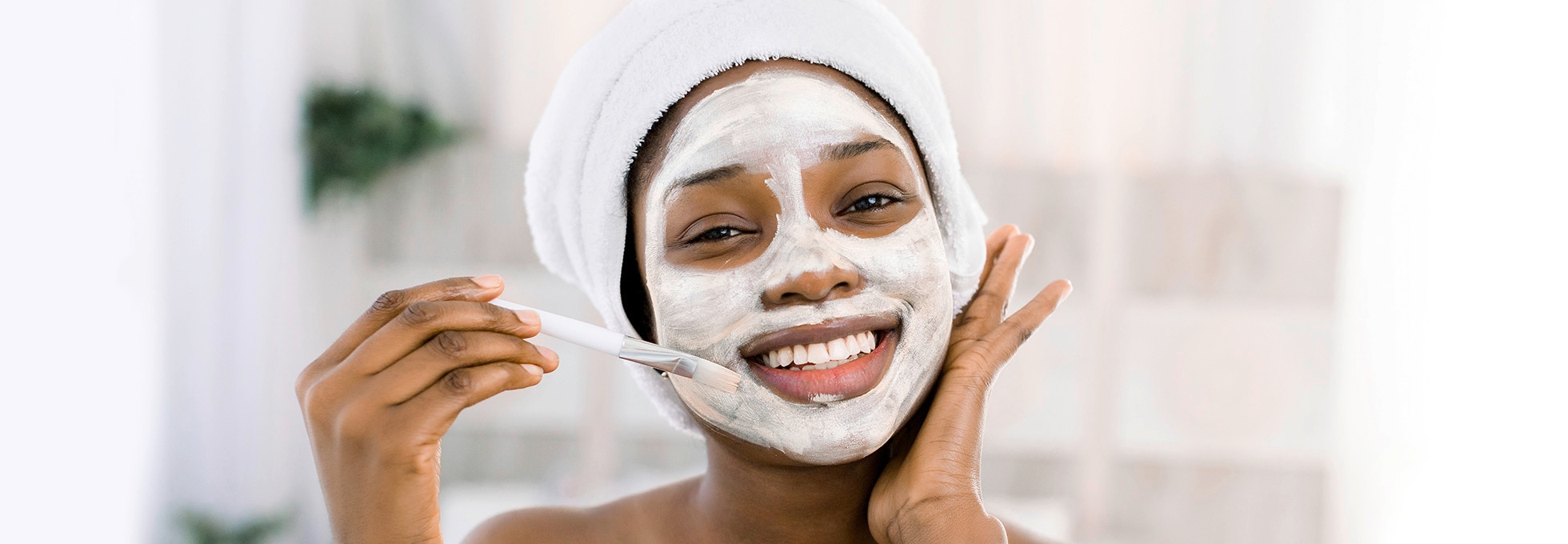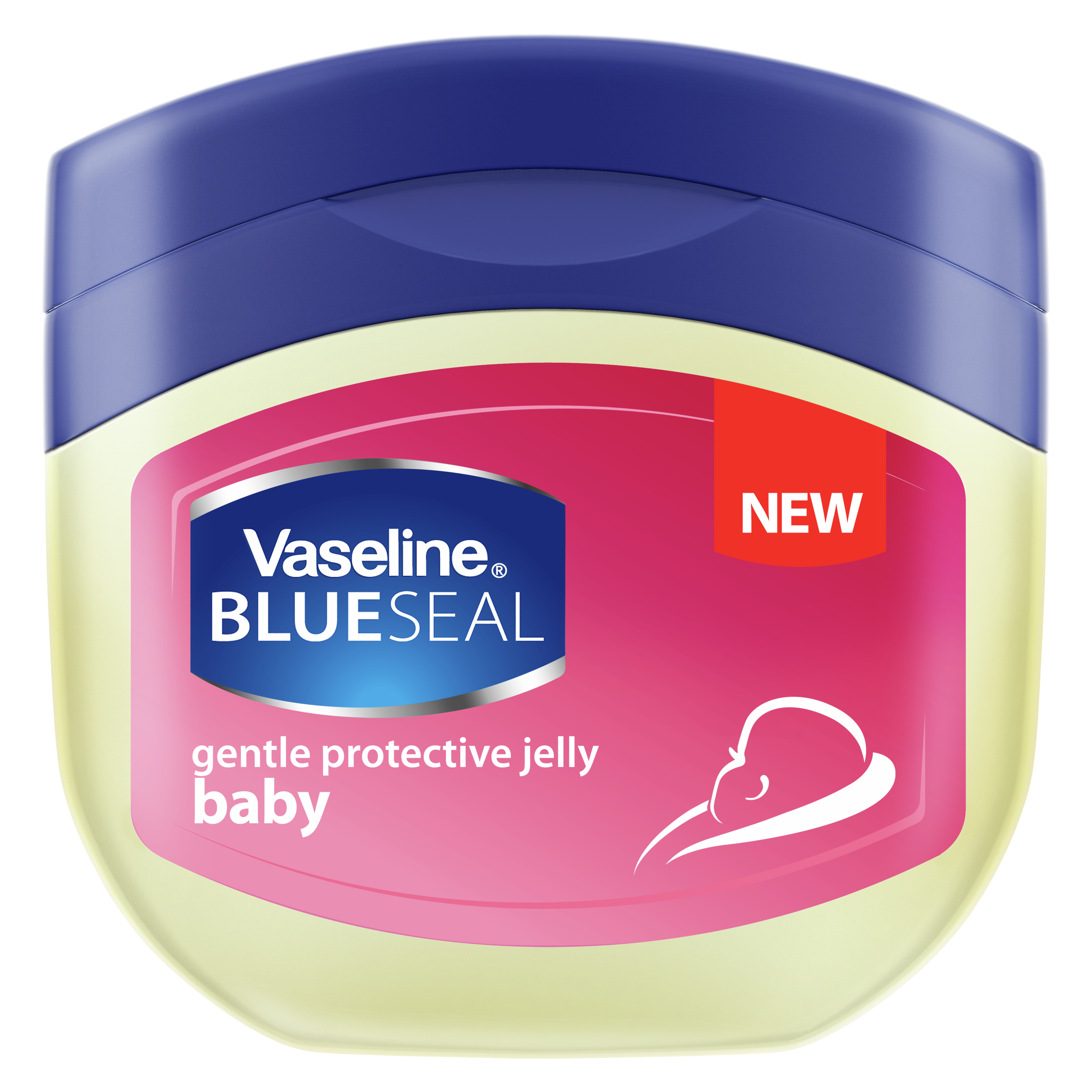Skip to content
Popular Face Masks and When To Use Them
No matter your complexion concerns, chances are, there’s a face mask to treat them. These quick-penetrating face-boosters come in a variety of formats and formulations designed to help your complexion look its best. They’re thought to be especially useful whenever skin seems particularly dehydrated or congested.
Depending on what skin issue you’re trying to target, certain face masks may work better than others. Whether your mask comes in a product-soaked sheet, peels off, or is made from a concoction of good-for-skin ingredients or clays, each will have different benefits to balance your complexion.
In poring through blogs and social media to understand the most common and inventive masks people are using, we discovered quite a few interesting DIY ideas we thought were worth listing here.
Below, is a roundup of common face mask types that we’ve seen others swear by, as well as the most popular user-developed DIY for each. While we haven’t tested them ourselves, we’re interested to know what you think and remember to always consult a dermatologist before starting any new skin care routine!
1. How to Make a Face Mask for Blackheads
A symptom of acne, blackheads are a pore pest that’s affected most of us at some point in our lives. They form when a clogged hair follicle darkens after being exposed to oxygen1. When shopping for a face mask for blackheads, avoid peel-off versions, as removing them could potentially damage skin.
While it’s fine to apply a sheet mask to replenish the skin’s moisture loss. online beauty gurus swear by this DIY Vaseline® Petroleum Jelly face mask for locking in skin moisture:
What you’ll need for a DIY Vaseline® Face Mask:
- Vaseline® Jelly
- Damp, heated hand towel
- This technique works best when you concentrate on one small area at a time - especially the nose. Apply a liberal layer of Vaseline® Jelly to the affected area. and warm with the heated towel for 5-10 minutes
2. How to Make a Face Mask for Acne
Acne occurs when oil glands in the skin become inflamed or infected. P. acnes bacteria in particular triggers inflammation of the skin, making it one of acne’s main culprits. To help, try applying a bentonite- or sulfur-based clay mask. Users say it’s an effective way to gently draw out any impurities that might be exacerbating acne.
What you’ll need for a simple Clay Face Mask:
- 1 tablespoon bentonite clay or Indian Healing Clay (available at health food stores or online)
- 1 tablespoon apple cider vinegar
- Mix both ingredients together in a non-metal bowl (metal will react to the mixture) and apply to face. Let dry for 15-20 minutes and rinse. Pat dry and apply a thin layer of a non-comedogenic moisturizer like Vaseline® Jelly. For best results, apply at bedtime.
Peel-off masks can strip your skin of moisture and might exacerbate the condition and potentially cause damage.
If you are looking for a good face mask for acne, users also suggest trying sheet masks containing acne-fighting medications as another way to care for your skin to help prevent future breakouts.
3. How to Make a Face Masks for Dry Skin
Dry skin is dehydrated skin. When you’re not getting enough moisture to your skin, it can feel tight and uncomfortable, especially after cleansing. When dealing with extra-dry skin, users recommend applying a cream mask made with moisturizing and nourishing ingredients like hyaluronic acid, coconut oil, avocado, and vitamin E. These ingredients all either help bind water to skin, or help to seal hydration into skin. Avoid using peel-off face masks on dry skin, as removing the mask may strip and potentially damage skin.
To treat dry skin overnight, try applying a thin layer of Vaseline® Jelly after completing your nighttime skincare routine. Those with very dry skin should apply a thin layer after applying eye cream and night cream to more effectively seal in moisture. If that feels too heavy, try applying a thin layer directly onto clean skin after toning.
4. Korean Sheet Masks
A concept born in Korea, these product-soaked, single-use masks have a big following of fans who say they are an effective way to instantly give skin a boost of hydration5 while imparting it with different skin-beneficial ingredients tailored to each individual skin type.
After using a Korean face mask, lock in hydration by massaging a non-comedogenic moisturizer like Vaseline® Jelly onto skin. Healing jelly helps skin repair its natural moisture barrie.
No matter which one you use, face masks may be a great option to soothe stressed skin in a pinch. And no matter how fresh your face feels afterward, don’t forget to moisturize!
Expert Advice
The advice in this article does not constitute medical advice, it is solely available for information purposes.
Resources
- Commissioner, Office of the. “Consumer Updates - Facing Facts About Acne.” U S Food and Drug Administration Home Page, Office of the Commissioner, www.fda.gov/ForConsumers/ConsumerUpdates/ucm174521.htm.
- “Fast Facts About Acne.” National Institute of Arthritis and Musculoskeletal and Skin Diseases, U.S. Department of Health and Human Services, www.niams.nih.gov/health_info/Acne/acne_ff.asp.
- “The Complete List of the Best Acne Masks for All Skin Types.” Into The Gloss, 18 May 2016, intothegloss.com/2014/12/best-acne-mask/.
- Lukas, Erin. “8 Moisturizing Face Masks That Will Soothe Dry Skin.” InStyle.com, InStyle.com, 4 Nov. 2016, www.instyle.com/beauty/skin/face-masks-for-dry-skin.
RELATED PRODUCTS
- slide 1
- slide 2
- slide 3
- slide 4
- slide 5
- slide 6












